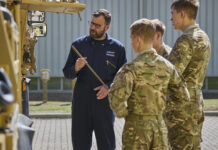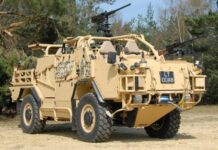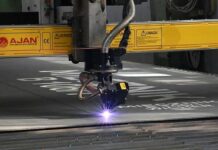An effective and comprehensive new weapon-locating radar capability has been in UK MoD sights for some time. Until operational though, extending existing systems to sustain present capabilities is the order of the day.
This article looks at the UK MoD’s roadmap on introducing a new battlefield weapon-locating capability through its SERPENS programme, whilst maintaining an effective existing capability until a new system becomes operational.
The Need Underlined in Ukraine
The UK MoD introduced its quest for a next-generation weapon locating system (NGWLS) in 2018 at a time when fighting between Russia and Ukraine had already been ongoing for four years in the east of the country with Crimea in Russian hands during that time.
Mention of these early years of conflict is relevant as they highlight, with terrible ferocity, Russia’s ability at that time to locate Ukrainian artillery fire and respond with devastating counter-battery fire to destroy whole units within minutes of first rounds fired. The world was watching. And while many Western eyes remained blinkered to the prospect of a wider conflict in Europe and the need to quickly bolster and upgrade aging inventories, there was at least recognition in the UK MoD for the need to procure a newer and more comprehensive capability, since the existing system had been in service for some 15 years.
Then, in 2019, the NGWLS was renamed Project SERPENS under the control of the MoD’s DE&S organisation. SERPENS would also, according to the MoD, become part of the ZODIAC future Land ISTAR system, designed to gather information from all battlefield sensors to deliver comprehensive, effective and actionable intelligence for friendly forces.
SERPENS was laid down to replace not only the current artillery locating radar asset, the Mobile Artillery Monitoring Battlefield Asset (MAMBA, of which more below), but also the Hostile Artillery Locating (HALO) system – the artillery’s advanced sound-ranging programme (ASP) – as well as the AN/TPQ-49 lightweight counter-mortar radar (LCMR), all three scheduled to retire by 2026.
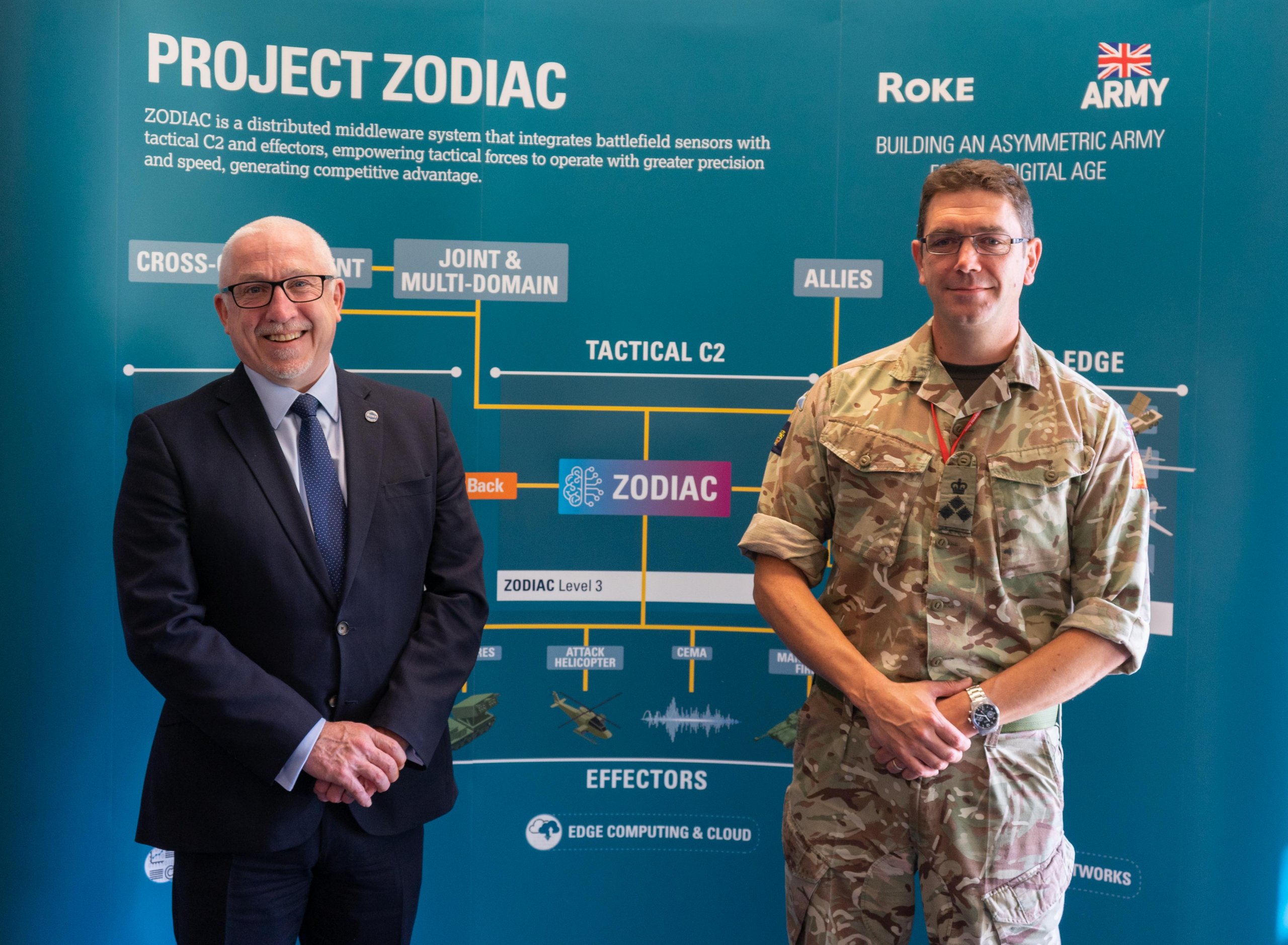
SERPENS RFI
The MoD’s RFI 2 for SERPENS was issued in March 2020 as a land equipment, armoured vehicle/artillery systems programme, with a closing date almost six weeks later. It stated that SERPENS was a Category A equipment procurement project, taking into account through-life costs, and with the main, eventual users being 1 Artillery Brigade and 1st Intelligence, Surveillance and Reconnaissance Brigade (1 ISR Bde). The equipment’s envisaged roles in the Land ISTAR ecosystem is performing intelligence, surveillance, target acquisition and reconnaissance roles out to vastly greater ranges than current systems. At the time of the RFI, the in-service date for SERPENS was slated for 2026 with an anticipated out-of-service date of 2057. The duration of the programme to decision time was two years and 1.5 months, with the budgetary value detailed in the RFI being GBP 400 M.
Meanwhile Maintaining a Capability
Having laid down an in-service date for a new, yet-to-be-selected weapon-locating system, the MoD announced in April 2020 (while the RFI for the new system still had ten days to run) its decision to extend the life of MAMBA, its existing weapon-locating radar (WLR) asset. Accordingly, DE&S announced that it had awarded Saab with a GBP 46 M contract to extend the British Army’s use of the WLR system. The contract secured the continued use of what DE&S described as a “life-saving, critical-operational, counter-fire capability” that had been in service since 2003, when it had successfully supported operations in both Iraq and Afghanistan.
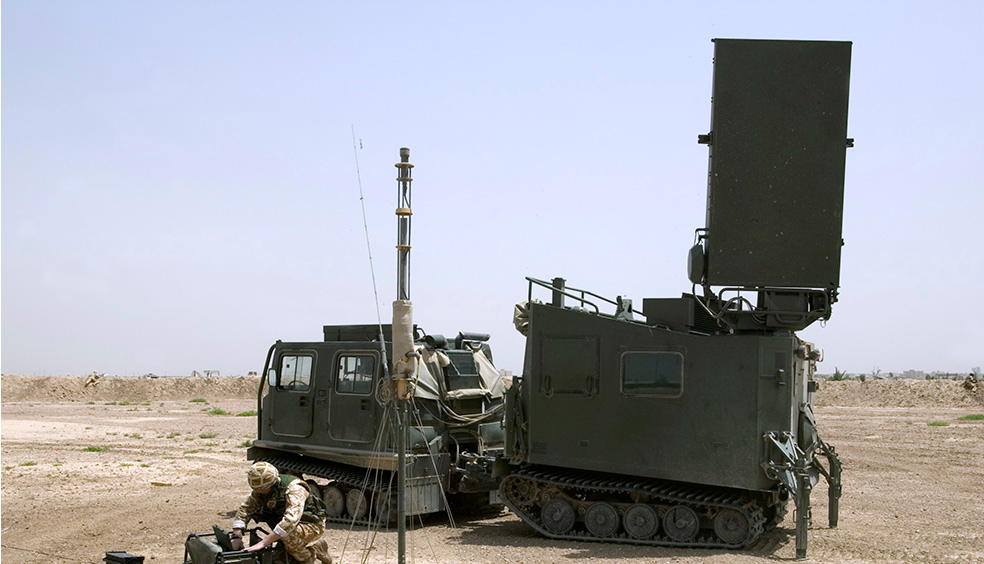
MAMBA has proven itself to be a highly mobile weapon-locating system over the years, one that can be tactically deployed close to the forward line of troops where it can act in a fire-control capacity. Its hostile fire-detection capabilities allow it to provide advanced warning to troops on the front line of any incoming hostile fire. Moreover, it provides coordinates to own artillery batteries of enemy locations to enable effective and timely counter-battery missions. Within battlefield sectors, or other areas of interest, MAMBA rapidly detects and tracks artillery projectiles through their trajectories and calculates points of origin and points of impact. Based on calculations produced by MAMBA, priorities are made and directions are provided for effective counter-battery fire. In fire control mode, MAMBA tracks the projectiles of own fire and extrapolates points of impact, offering adjustments, as necessary. In ‘sense-and-warn’ mode, extrapolation of points of impact of incoming fire triggers a timely warning to the system’s own operators.
Saab itself had announced the previous month that it was to provide a mid-life extension for its Arthur systems in use with the UK, (Arthur being Saab’s name for MAMBA), and that the order had already been booked in Q4 2019. Saab and the Artillery Systems Team at DE&S, which awarded the contract to Saab, have now been working with the Royal Artillery’s 5th Regiment based in Catterick, UK, to ensure the capability remains until 2026 – the in-service date for the SERPENS winner. Saab said that the mid-life extension represents a major programme of obsolescence management by ‘the insertion of modern technology, ensuring that this critical operational counter-fire capability can be sustained on a cost-effective basis through to its extended out-of-service date’. Deliveries of the MAMBA mid-life extension began last year and have been continuing in 2023, with the support contract covering the full six years to 2026. Saab has been carrying out the work in Gothenburg, Sweden, with ongoing support continuing at Catterick.
At the time of the MAMBA mid-life extension award, Anders Carp, Senior Vice President and Head of Saab’s business area Surveillance, said that with Saab’s systems having contributed to protecting UK forces for more than 15 years, the company was looking forward to continuing to strengthen the UK’s weapon-locating capability for years to come. With work already underway to explore which capability would replace MAMBA, however, any continuing weapon-locating relationship beyond 2026, was not a foregone conclusion.
For its part, DE&S said at the time that the Army was already considering SERPENS and what it called ‘a next-generation weapon-locating system with a digitally-networked suite of sensor systems to detect hostile mortars, artillery and rockets, which was, however, still in the early stages of its concept phase and subject to further research and development’.
Enter SERPENS
It is clear that this further research and development bore fruit, when, in August 2022, more than two years after the RFI, it was announced that Israel Aerospace Industries (IAI), its subsidiary ELTA, and Babcock International, would collaborate on the new radar solution for the UK MoD’s next-generation weapon-locating system for the SERPENS programme.
The main sensor chosen was IAI-ELTA’s capable and proven ELM-2311 compact multi-mission (C-MMR) radar, to be partly produced and integrated in the UK. An MoU signed between the three companies would bolster Babcock’s systems integration and through-life support capabilities, for one, while also honing its expertise in radar assembly and maintenance service support.
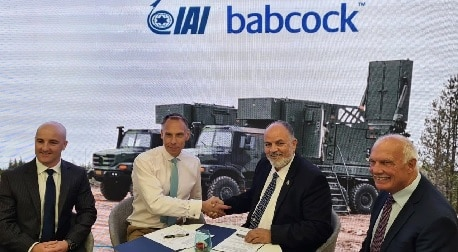
Babcock’s Chief Technology Officer, Dr. Richard Drake, and IAI UK MD, Ronald Cook, expressed their enthusiasm to collaborate on this ‘deep-find radar solution’ partnership for SERPENS, particularly with the C-MMR being what they described as ‘battle-proven’, ‘cutting edge’, ‘affordable’ and, importantly, ‘available’ technology.
The ELM-2311 C-MMR is designed for air defence (AD) and artillery weapon-locating missions. The radar operates in the C-band, and offers an 3D multi-beam operation through the use of active electronically-steered array (AESA) antenna technology. It can be operated remotely and is carried, containerised, on a single vehicle with just two operators/crew. It has advanced ECCM and signal processing capabilities, enabling it to handle a variety of targets and environmental conditions. According to IAI, it also has high redundancy, graceful degradation, high reliability and high availability characteristics. Through SERPENS, the C-MMR will provide the British Army with a highly mobile and transportable, all-in-one radar on a single vehicle for forces on the move.
The main components of the radar are the AESA antenna, cooling unit, power unit and operator consoles, including communication equipment. In AD mode, the radar detects and classifies all types of airborne targets and generates a real-time air situation picture. In WLR mode, it provides detection of incoming mortar and artillery rounds, rockets and missiles for stationary or deployed forces. The radar locates hostile weapon locations and calculates impact and launching points – point of impact and point of origin in real-time, and provides friendly fire ranging simultaneously. The radar also provides fire control support for counter-RAM (rockets, artillery and mortars) weapon system missions.
In staring mode, used for terrestrial weapon location, the C-MMR has a field of view covering 120° in azimuth and 50° in elevation, and is capable of detecting artillery rounds out to 70 km. In air surveillance mode, used for air defence, the antenna is rotated through 360° to extend coverage in azimuth, and it is capable of detecting common aerial targets out to 250 km. Within those parameters, the C-MMR is capable of handling up to 100 targets/min for both air surveillance and weapon-location purposes, incorporating a fast refresh rate for tracking manoeuvring targets.

With the current state of play in Europe, the year 2026 cannot come soon enough for the Royal Artillery, as it awaits this new capability.
Alliance Interoperability
Interestingly, in the not-too-distant future, the British Army and Finnish Defence Forces will be able to interoperate in this space, as the decision to adopt the ELM-2311 C-MMR was previously taken by Finland, and announced in early 2019. This came about following trials by the Finnish Army with a number of competitive solutions in the spring of 2018. The new C-MMR equipment chosen(with Saab eliminated as the final competitor), was delivered to the Finns in 2021 to provide the ability to locate and track incoming rockets, artillery shells and mortars, as well as to act as an interface to alert the Army’s counter-weapons systems to enable effective and timely counter-battery fire.
A spokesperson for IAI at the time of the Finnish deal said that with the modern battlefield having drastically evolved in recent decades as aerial threats have become more versatile, the need to take preventive measures had become a greater and more serious challenge. This relates to radar systems, which can no longer specialise, or focus, on a single-mission capability, but instead must display the ability to handle different missions in parallel.
Underpinning those sentiments, IAI VP and CEO of ELTA, Yoav Tourgeman, said that the company’s “MMR family responds to a broad range of needs, by locating and tracking incoming rockets and artillery shells and by creating a comprehensive situational air picture.” He added that, “the demand for mobile MMR systems is on the rise, with ELTA’s operationally-proven radars well known and active across the globe.”
HALO for SERPENS?
SERPENS’s C-MMR will replace three standalone systems, including the current iteration of HALO, with a single system. Leonardo, the HALO producer, is investing heavily in the next generation of its solution and considering how it might eventually have a role within the SERPENS programme. The company is looking at how HALO would use short-range and deep-firing radar, as and when needed, rather than those sensors being permanently switched on. Leonardo’s Rob Motherwell said, “We would have a capability to be operational 24/7, although our big heavy radars would only be switched on for a maximum of two minutes at a time, before being redeployed to another location, so avoiding enemy fire. Just by looking at the Ukraine situation, it is clear that there’s a real requirement to identify where artillery is coming from.” Time will tell, but, certainly, 2026 is coming.
Tim Guest




